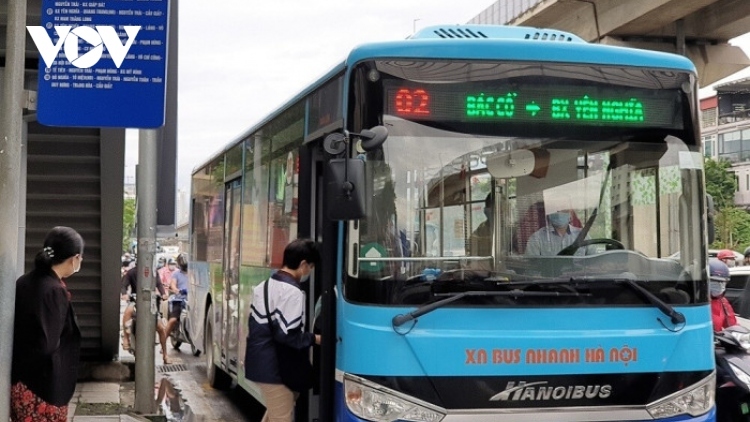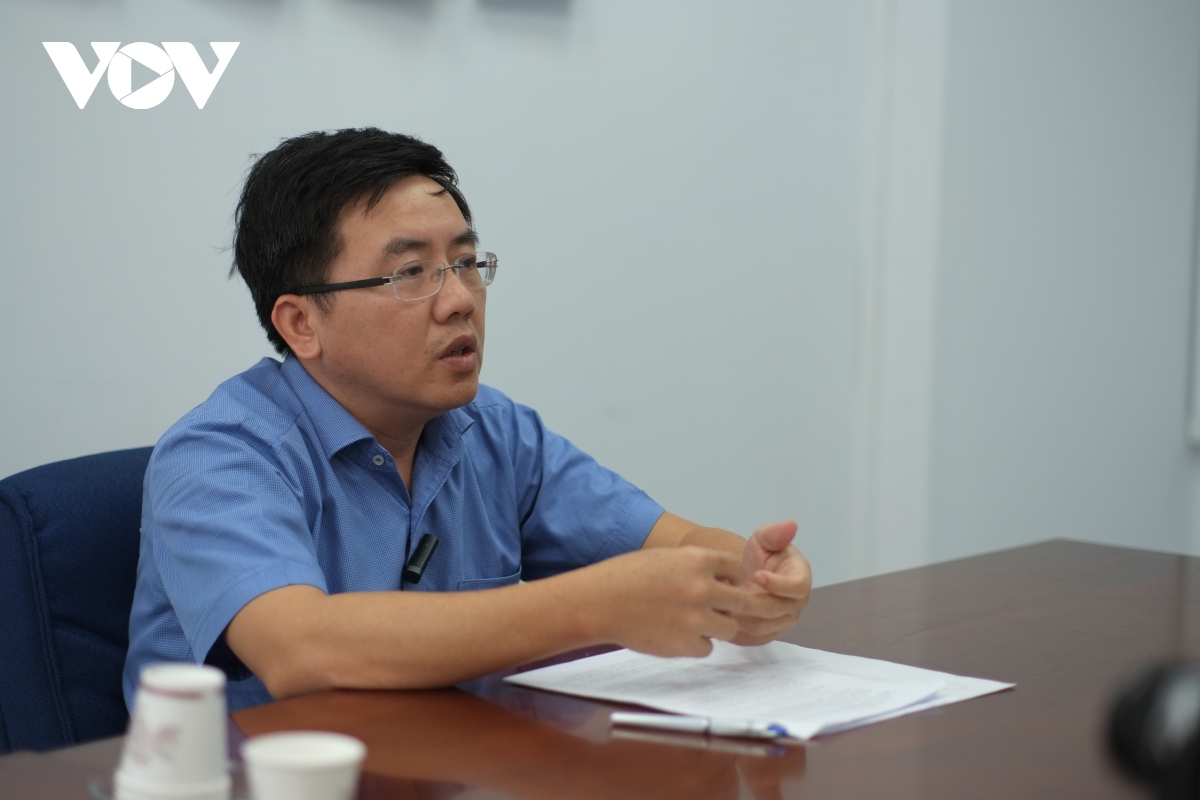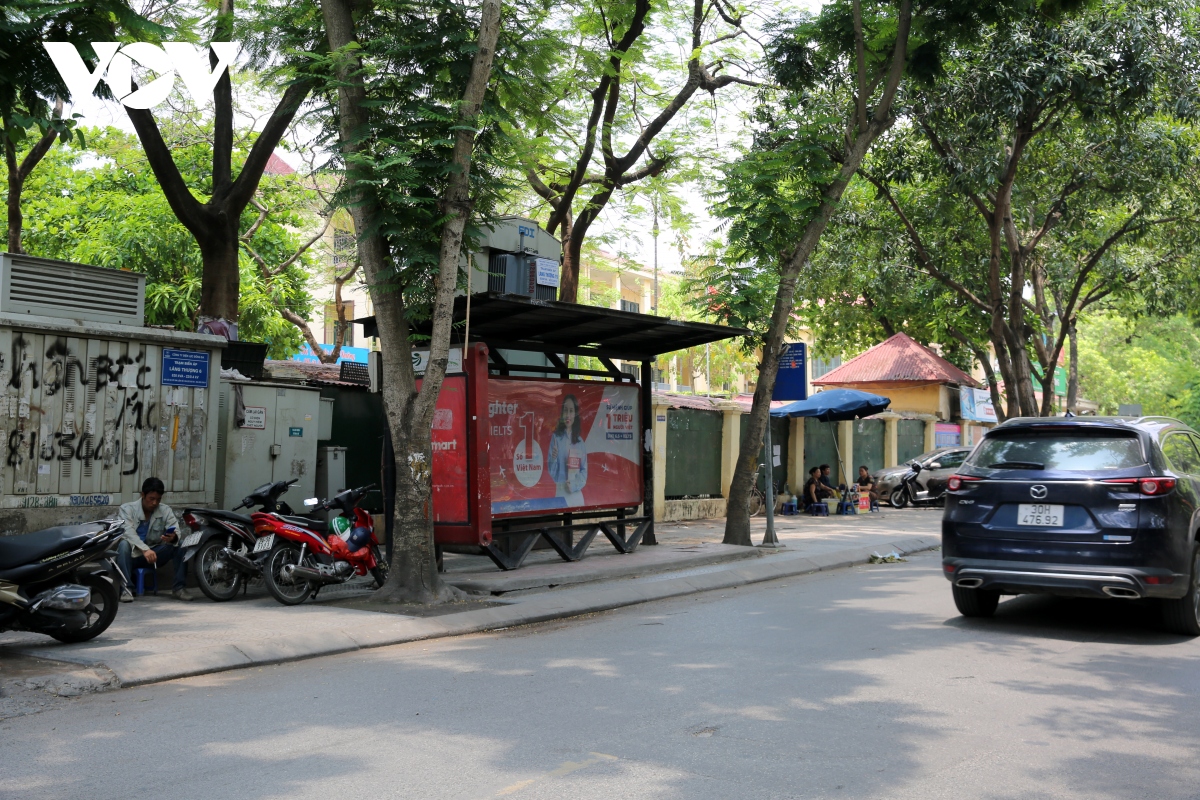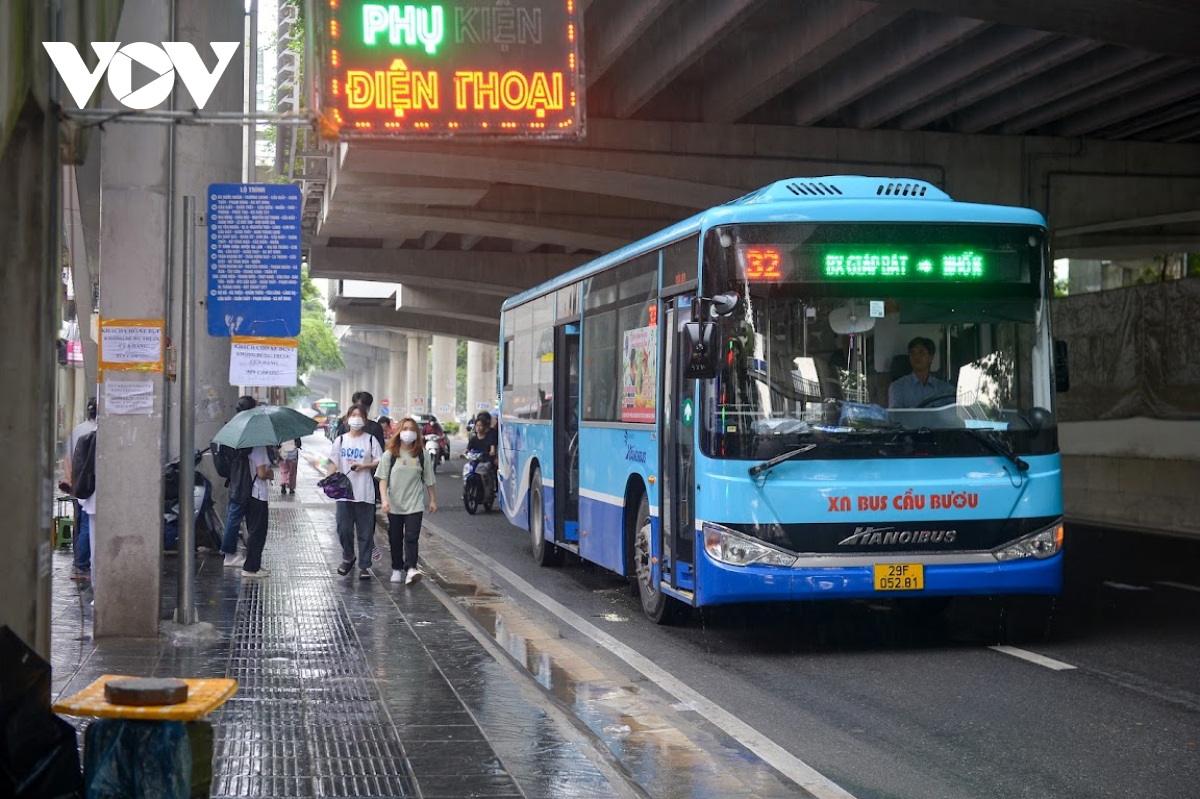Why does enforcement of legal policies not live up to expectations?
VOV.VN - Vietnam has promulgated the Law on Persons with Disabilities, along with a national programme in support of people with disabilities, as well as standards and regulations aimed at designing transportation infrastructure for this group of people. However, the implementation of these policies has so far failed to meet expectations.

People with disabilities in Vietnam account for more than 7% of the country’s population, a figure which can be considered high compared with other countries in the Asia-Pacific region.
Over the years, the State has introduced a number of policies to help people with disabilities better integrate into society. Among them are a master plan to support people with disabilities in the 2012 - 2020 period as approved by the Prime Minister in 2012, and a scheme to support people with disabilities in the 2021 - 2030 period as approved by the Prime Minister in 2020.
The introduction of the Law on Persons with Disabilities on January 1, 2011, has truly marked a major turning point for the community of disabled people. Le Van Thu, president of the Association of Persons with Disabilities in Long Bien district of Hanoi, says that the law created a legal corridor for people suffering with disabilities to gain access to public traffic services.
Furthermore, the Ministry of Transport has acted to promptly direct its units to implement accessible transport projects specifically for people with disabilities, devise action plans, and develop policies which seek to apply standards and regulations on the construction of roads and street pavements, as well as standards for passenger cars.
However, at present there are still some public works that lack access roads for people with severe disabilities when traveling by wheelchair.

Ngo Hai Duong, head of the Road Traffic Infrastructure Management Division under the Ho Chi Minh City Department of Transport, says that the department requires traffic projects which strictly comply with regulations on construction design in accordance with set standards to facilitate disabled people’s road access. Accordingly, bundle seams connecting zebra crossings must be lowered, while materials for paving must meet guiding standards for wheelchair users. Statistics show Ho Chi Minh City currently has about 311 out of a total of 1,817 vehicles designed to support wheelchair users.
Dr. Tran Huu Minh, chief of Office of the National Traffic Safety Committee, points out that currently accessible transport infrastructure nationwide reveals shortcomings, resulting in low actual performance and efficiency. The space for people with disabilities to access roads and traffic works is yet to be a synchronous system, not to mention places without these utilities.
Similarly, bus stops have not been designed synchronously according to standards, with some bus stops having too high pavement curbs without ramps or floating paving slabs, making it difficult for wheelchair users and the visually impaired people to access them.

Giving evidence, Trinh Xuan Dung, vice president of the Hanoi Association of Persons with Disabilities, cites the results of a survey conducted by his association back in 2022 which found that only 15% of the starting points at bus stops have ramps, while there are no ramps at the ending points. Most of the ending points are vacant land lots without any instructions. At some bus stops, the ramps have been placed too high, while the installation of the ramps at some other bus stops has yet to meet construction standards.
Despite the availability of the legal corridor for undertaking accessible transport projects and efforts made by localities, the implementation has so far yet to live up to expectations due to difficulties both subjectively and objectively.
“According to regulations, the time for the bus to stop at bus stops is too short for wheelchair users to get on and off the vehicle. In addition, businesses meet difficulty in investing in wheelchair accessible vehicles,” confides Pham Hoai Chung, deputy director of the Transport Development and Strategy Institute under the Ministry of Transport.

In reality, only a small number of accessible transport works are able to meet standards and regulations. According to traffic expert Nguyen Xuan Thuy, the reason is that there is still a gap between the policy and the actual implementation. Despite the introduction of the law, many projects have not been implemented, or if they have, then they have been implemented inefficiently without supervision and punitive measures if violations are committed.

Nguyen Van Cu, deputy director of the Center for Disability Research and Capacity Development (DRD), frankly points out that the inspection and examination of some works remains superficial.
“The current policy is quite realistic. Drawings of the works are always checked and evaluated by authorized agencies to see if they comply with construction standards 10/2014 laid down by the Ministry of Construction. However, problems often arise during the implementation process in which changes occur, making the projects out of line. In other words, we cannot supervise 100% of those works,” explains Cu.
Some argue that the appraisal of the works is not completed to a high enough standard, therefore the efficiency of the works is not monitored and evaluated properly. Without respecting disabled people’s equal access rights and properly evaluating their potential, as well as contributions to society, many projects have been overdone which are a waste of money and at the same time fail to ensure the accessibility and integration of the disadvantaged.

